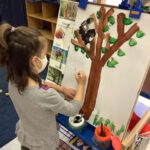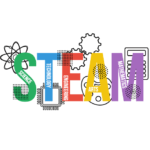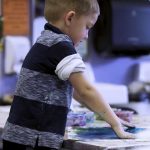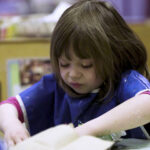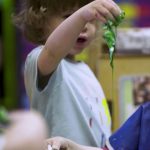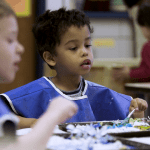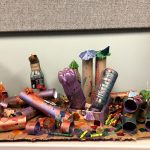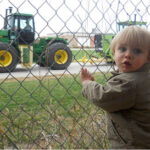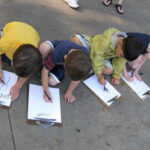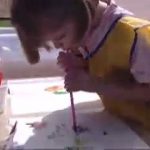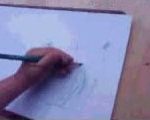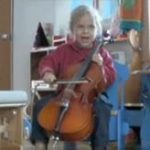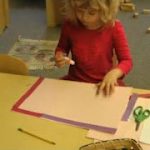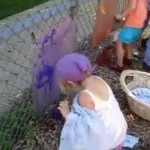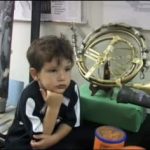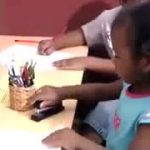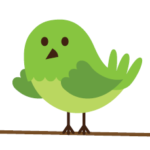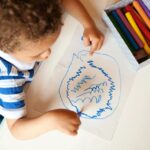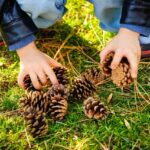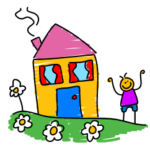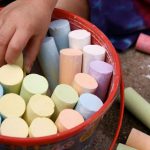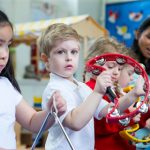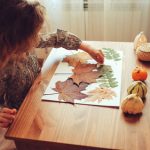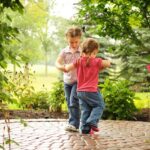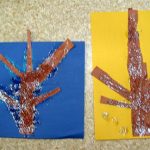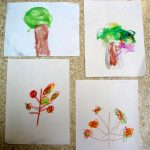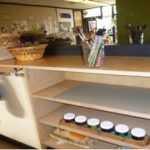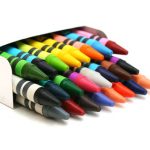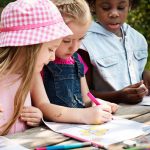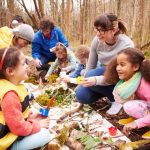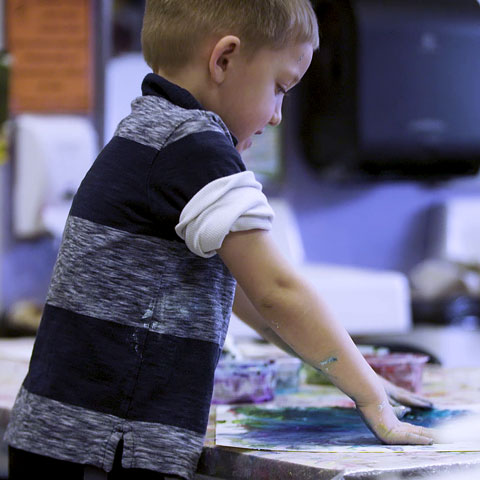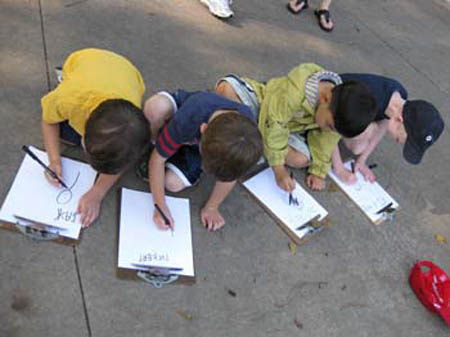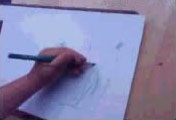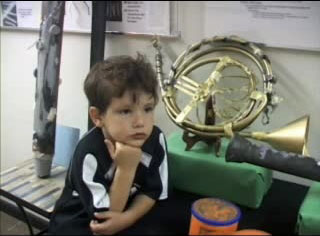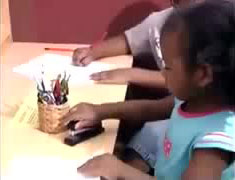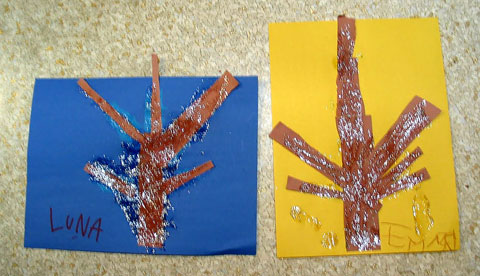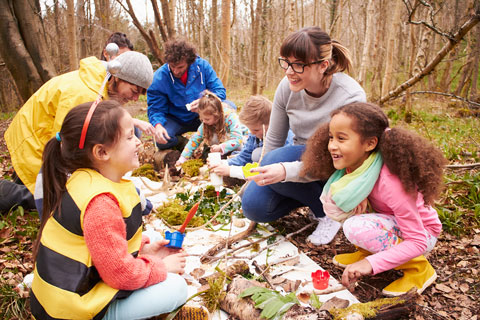Keyword: Art
-
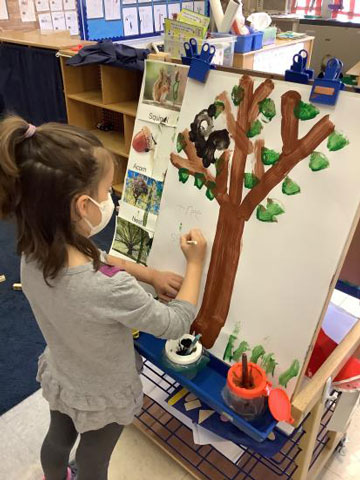
The Squirrel Project
The Squirrel Project took place in an early childhood center that serves students ages 3–5 through morning and afternoon sessions. Program funding is provided by the local school district, statewide Preschool for All, and tuition. Of the 26 students who participated, six had Individualized Education Programs (IEPs) and five were dual language learners.
-
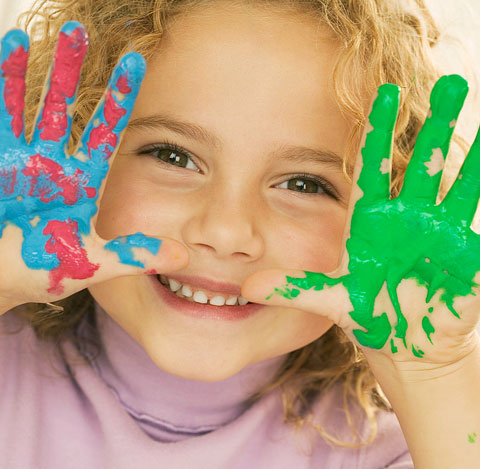
Creative Arts for Young Children
Creative arts are activities that actively engage children’s imagination through movement and dance, drama and storytelling, music, and visual arts. Creative arts engage children across all domains—cognitive, language, social, emotional, and physical. This toolkit will describe four different types of creative arts and will provide ideas for encouraging and supporting young children in creative arts…
-
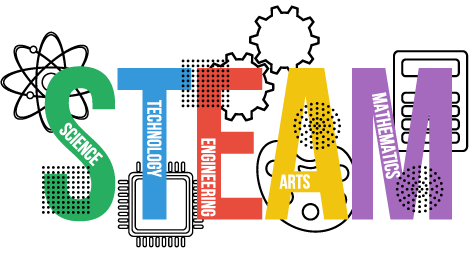
Make a Mess and Explore STEAM
This tool kit provides ideas and resources to help you plan engaging and developmentally appropriate STEAM activities for young children.
-
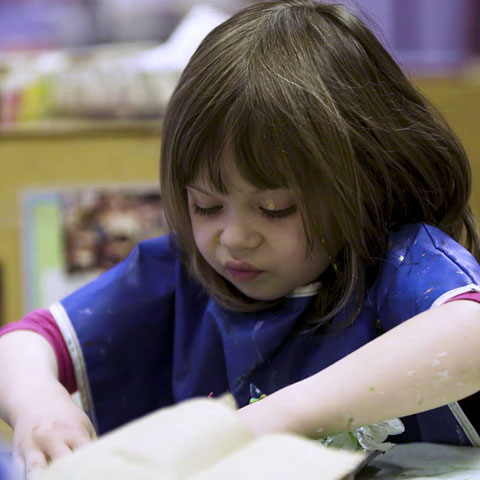
You’ve Got Blue Hands
Visual arts provide opportunities for children to use their fine motor skills to express their creativity. Children are active investigators as they explore color mixing and texture. Visual arts activities spark conversations where children can appreciate the expressions of others.
-
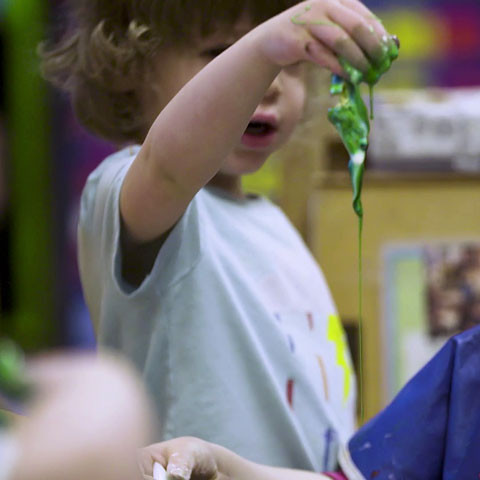
Look at It Go!
Messy play is a rich opportunity for conversation with peers and teachers. Exploring open-ended materials invites children to observe, make predictions, and use complex vocabulary to describe their experiences.
-
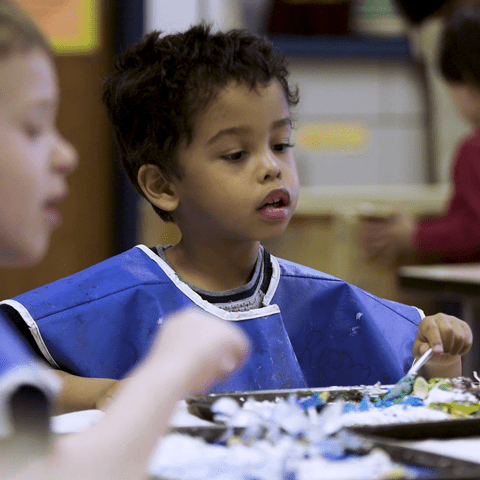
Looks Swampy
In this video, we watch several students conduct an experiment with glue, food coloring, and water. The teacher encourages the children to actively explore the materials, think about what is happening, and describe the experience.
-
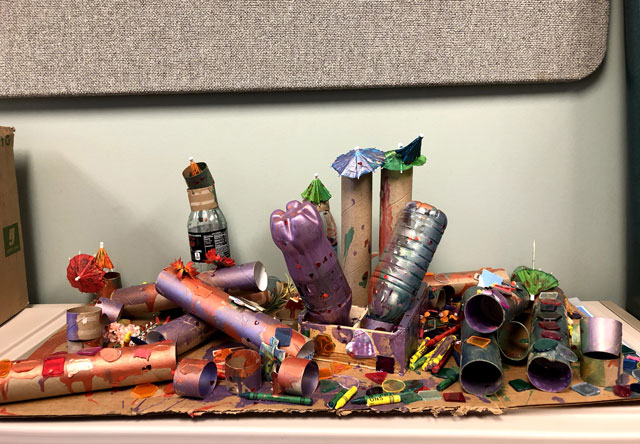
Challenge Young Artists to Create in Three Dimensions
When young children create visual art, they explore and experiment with the properties of materials. Some classic examples of developmentally appropriate art opportunities for children include drawing with crayons, painting at an easel, or creating a paper collage. These types of art experiences allow children the opportunity to explore in two dimensions of space.
-

Explore the Arts with Young Children
This list contains resources to help early childhood educators and caregivers plan high-quality learning experiences in the arts.
-

Explore STEAM with Young Children
This list contains a variety of resources associated with making messes while exploring STEAM for young children.
-
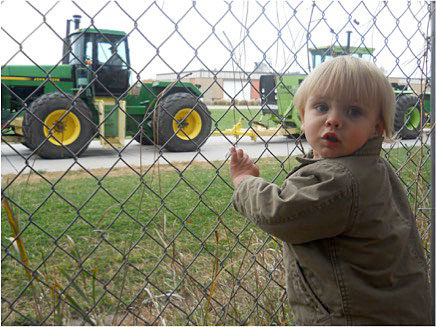
The Tractor Project: Noisy Neighbors Lead to Investigation
Erin Hamel, Mollie von Kampen, Sara Dolezal, Brianna Kennedy, Ashley McConnell, and Jordyn NikkilaRuth Staples Child Development LaboratoryLincoln, Nebraska The Tractor Project was completed in the younger classroom of the Ruth Staples Child Development Laboratory at the University of Nebraska–Lincoln. The laboratory serves children ages 18 months through 5 years old. This classroom includes children…
-
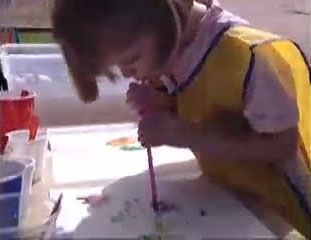
Straw Painting
Lucille, the young girl in this video clip, is painting outdoors on a sheet of white paper on a table. Instead of using a brush to move the paint and mix the colors, she aims a drinking straw at tiny puddles of the wet paint and blows through the straw to move the paint.
-
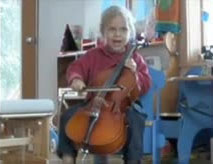
Mozart Jazz Freight Train
In this video clip, 3-year-old Max is seated in a chair, moving a bow back and forth across the strings of a small cello.
-
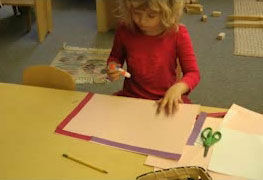
Mila Sticks With Art
The video shows Mila creating an “outline” or frame of construction paper strips around a piece of drawing paper, then drawing inside the frame.
-
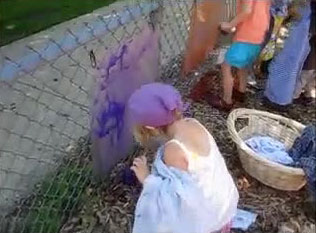
Mila Paints the Fence
This video clip illustrates some of the ways that children can meet early learning benchmarks while exploring art materials outdoors.
-
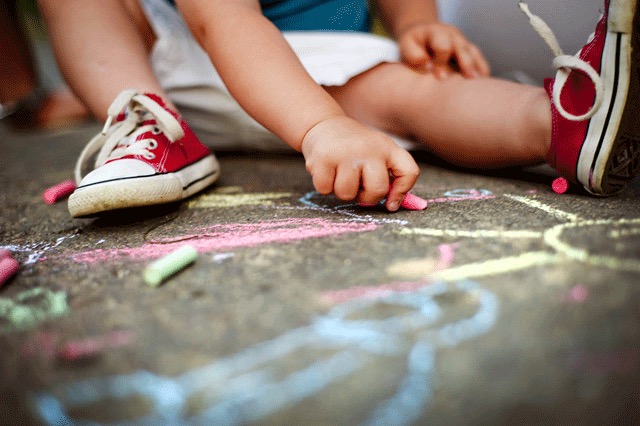
Out and About with Preschoolers: Visual Arts
Go ahead—take visual arts outside!
-
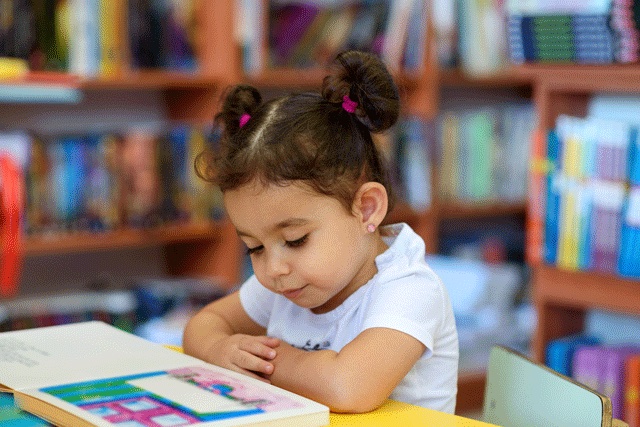
Super Story Time
“Tell me a story!” or “Read it again!” You have probably heard those words spoken by a child you know. Go ahead and answer, “Yes!” Cuddling up with a good book is a great way for children and adults to spend time together.
-
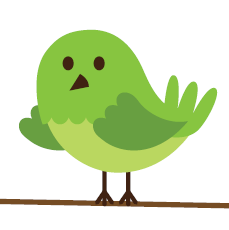
Making Sense of Numbers
Help your child discover the mathematical world by finding opportunities to bring numbers into conversations and play.
-
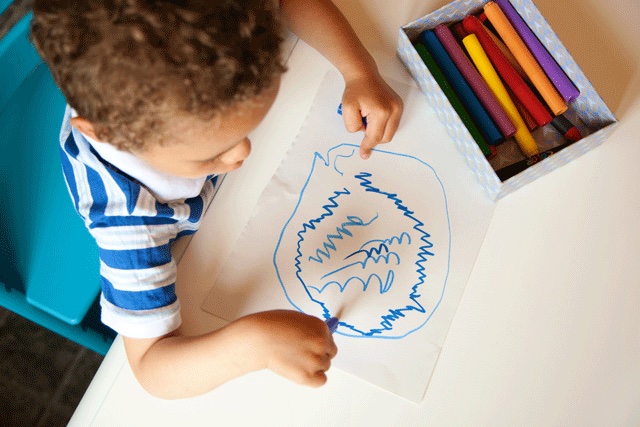
Scribbling as Early Steps to Reading and Writing
Young children tend to love colors and making marks with pens, pencils, crayons, and markers. An easy home activity is setting up a “coloring or writing” space with markers, paper, tablets, and even old magazines.
-
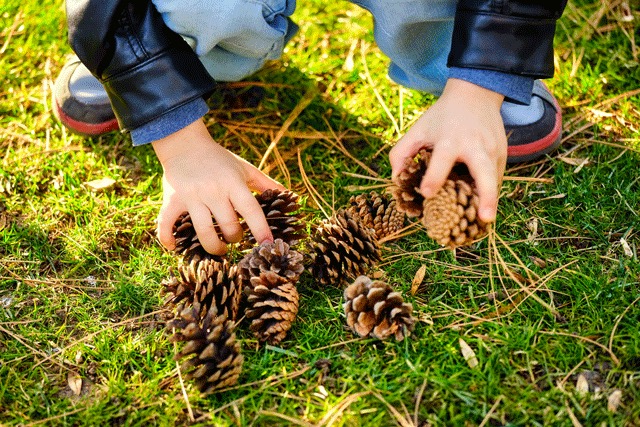
Make Art a Part of Every Day: Focus on the Process
High-quality visual art experiences for young children should emphasize the process of creating.
-
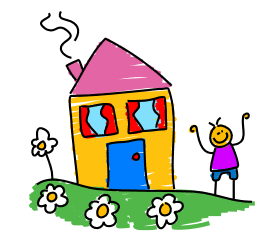
Things to Do While You’re Waiting: Art Is All Around
Keep children engaged when you have to wait.
-
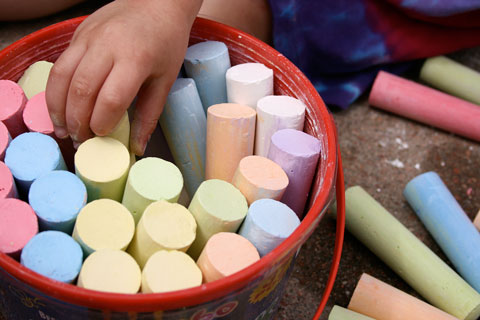
Out and About with Preschoolers: Close Up with Visual Arts
Is there a way to help children meet fine arts benchmarks while outdoors? Yes, there is!
-

Sing, Play, and Hear: Music’s in the Air
Music adds to both fun and learning in the early childhood classroom.
-

The Power of the Pen: Drawing and Scribbling
When young children draw or scribble, they are using the skills they will need for writing. You can support preschoolers’ first efforts to write in several ways.
-
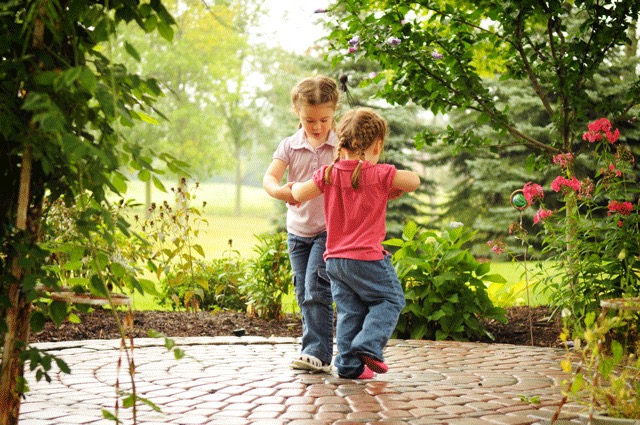
Out and About with Preschoolers: Dancing on the Sidewalk
Go ahead—investigate actions, space, and other elements of dance while outside.
-
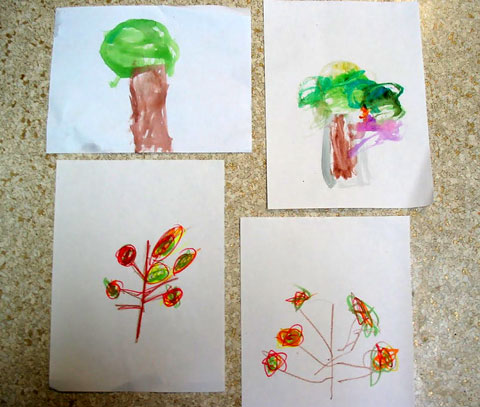
The Arts Lesson Addressing Benchmark 25.B.ECa
Ms. Jones and Ms. Hernández are planning for their school year. One of their goals is to engage the children in hands-on investigations of nature. Their school is next to a park, and they plan to use that space to extend their learning outdoors. They decide the seasonal changes in the park trees could be…
-

Language Arts Lesson Addressing Benchmark 1.C.ECa
Facilitating discussion and artistic representation during a small group art activity. Ms. Jones does this by leading a conversation about the children’s shoes, their homes, and who helps children with their shoes—all while children create paintings of their shoes.
-

Things to Do While You’re Waiting: Art Works!
Many parents find that playful learning activities can help reduce children’s impatience when they have to wait.
-
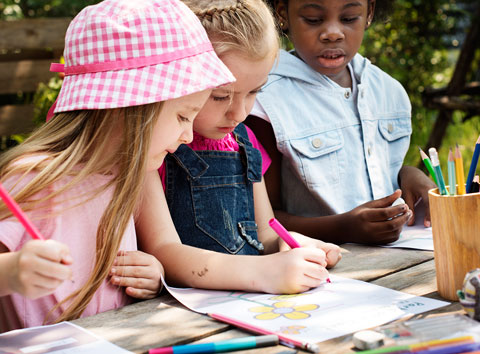
Outdoor Field Trips with Preschoolers: Follow Up!
After the class returns from an outdoor field trip, the teacher might offer a variety of follow-up activities to help the children build upon the experience.
-
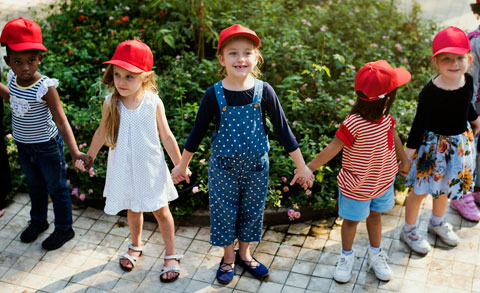
Outdoor Field Trips with Preschoolers: Preparing with the Children
Here are some teacher-tested hints for helping preschoolers get ready for outdoor field trips.
